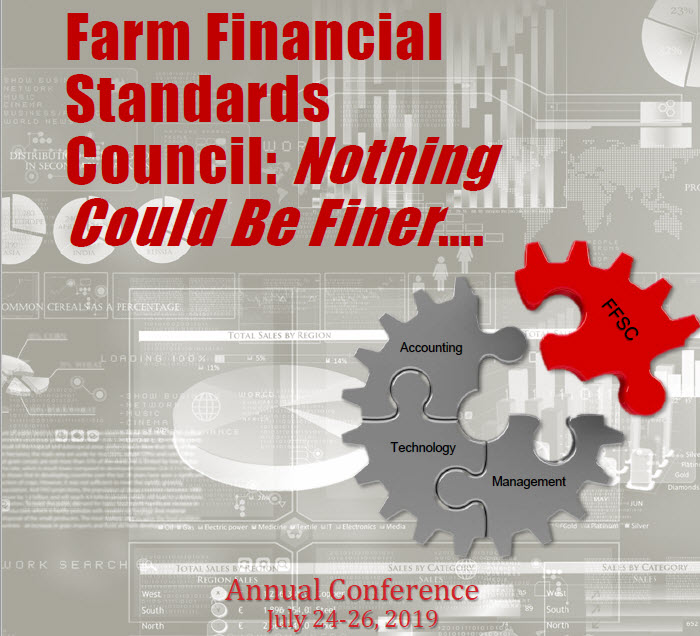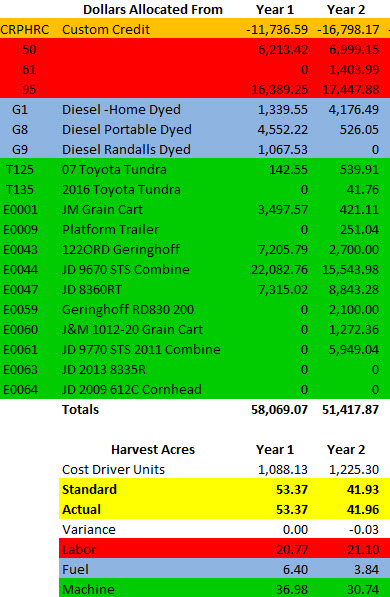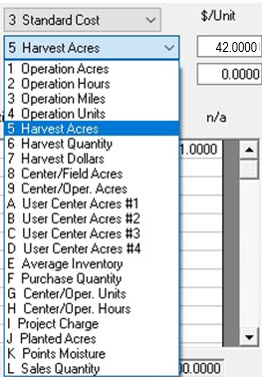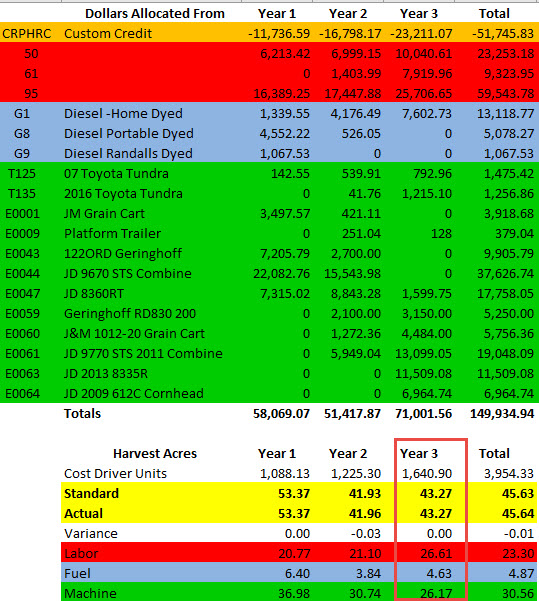 |
| 2019 Software Success Summit |
| Presented by: |
  |
Mark your calendars for Monday, August 19 through Wednesday, August 21 for the premiere software knowledge and networking event for agriculture's information managers. This year's Software Success Summit theme is "Moonshot" as we celebrate Apollo 11's 50th anniversary and unveil a high-aiming software development plan funded and directed by MASA (the Mutual Agricultural Software Alliance).
The conference will be held at the Stoney Creek Inn and Conference Center on the banks of the Mississippi River in Moline, Illinois. Watch for program details and reservation instructions in next month's FarmSmart newsletter.

The Farm Financial Standards Council Conference Looks at Ag in the Southeast
The Farm Financial Standards Council will take a close up and intimate look at some of the influencers affecting the ag industry and ag financial reporting, both locally and nationally, when it gathers in Raleigh-Durham, North Carolina on July 24-26th for its annual conference. Among the highlights:
- A look at Regional Ag from North Carolina State University
- Transition to the Next Generation
- A deep dive into the Farm Financial Standards Guidelines (Lease Accounting)
- What's new in accounting and auditing and its effect on agricultural reporting
- The hemp revolution
- Farming under attack--what's next for mass livestock production
- The 2018 Farm Bill
- The convergence of FinTech and AgTech
- Regional agricultural tour
Click here to go to the FFSC Conference website for more information or to register
Automated Allocation Case Study
The following is a summary of a presentation entitled "Financial and Management Accounting Software--Developments, Implementation Challenges, and Integration Issues" made at last year's Farm Financial Standards Council Annual Conference in Champaign, Illinois.
Last month we considered the "virtuous cycle" process of continually adjusting activity costs based on real-time changes in dollars and units.
Here's the case study demonstrating how this works with Corn Harvesting Costs.

This Standard Cost/Vendor Monitor Report looks at total dollars allocated from 4 categories of costs using these color codes:
- Credit for custom harvesting (orange)
- Harvesting labor (red)
- Harvesting fuel (blue)
- Harvesting equipment (green)
The yellow section divides all costs by the Cost Driver Units (in this case Harvest Acres) to calculate Actual harvesting costs per acre for each field for the year.
To calculate a new year we plug in a Standard cost based on the previous year. In this case, it's $42.00 per acre (a rounding of $41.96 Actual costs from Year 2.)

We can use that Standard rate until the Actual dollars and acres are known. The system will then automatically adjust the Standard rate to match Actual for each field.

Note that both costs and acres increased in Year 3, resulting in $43.27 per acre Actual/Standard costs for all fields. We can use that number as a baseline for calculating Year 4.
Furthermore, we can analyze the contributions, trends and opportunities from the per acre (or alternately per hour) labor, fuel and machinery portion of costs.